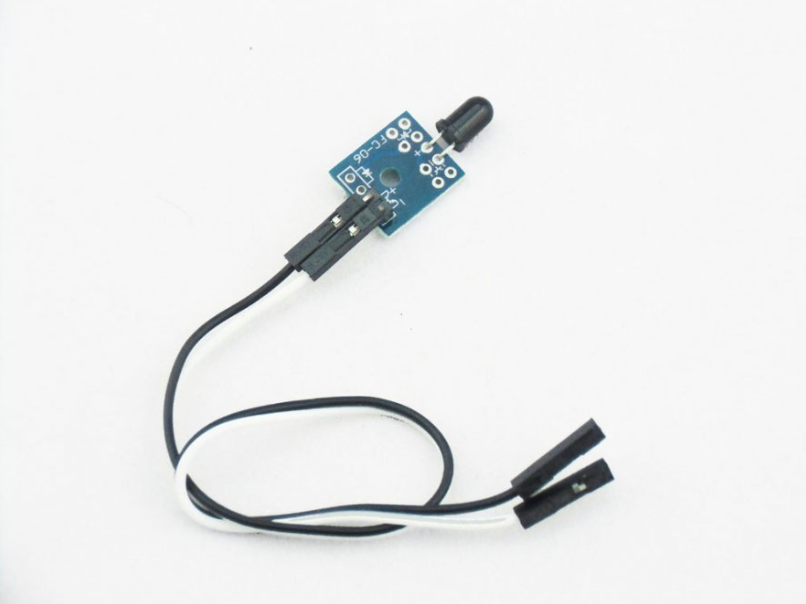Flame Sensor Analog - The flame sensor can be used to detect fire or other wavelength at 760 nm ~ 1100 nm light. In the fire-fighting robot game, the flame plays an important role in the probe, which can be used as the robot's eyes to find fire source or football. It can make use of fire-fighting robots, soccer robots. It is very easy to use, you can use it with a pull-up resistor and the Arduino analog pins can get Analog value. you can also use it with our analog to digital module to output digital value. The flame sensor's operating temperature is -25 degrees Celsius to 85 degrees Celsius, in the course of the flame it should be noted that the probe distance from the flame should not be too close in order to avoid damage.
Frequently Asked Questions About Flame Sensor Analog
Q1: What is a flame sensor analog?
A flame sensor analog is a device used to detect the presence of flames or fire. It operates on the idea of spotting variations in the light spectrum generated by a flame. The sensor offers an analog output signal that may be used to gauge the flame's ferocity or closeness.
Q2: How does a flame sensor analog work?
An amplifier circuit, a lens, and a photodiode or phototransistor are the standard components of a flame sensor analog. A flame releases light throughout a wide spectrum of wavelengths, including ultraviolet and infrared, while it is present. This light is focused by the sensor lens onto the photodiode or phototransistor, which creates a current of electricity proportionate to the brightness of the light. The amplifier circuit amplifies this signal, and the resulting analog voltage output indicates the presence and strength of the flame.
Q3: What are the applications of flame sensor analogs?
Flame sensor analogs are commonly used in various applications that require fire detection and safety measures. Some of the typical applications include:
- Fire detection systems: Flame sensor analogs are integral components of fire alarm systems in buildings, industrial facilities, and public spaces. They can detect flames and trigger alarms or initiate fire suppression systems.
- Gas appliances safety: Flame sensor analogs are used in gas-powered appliances, such as water heaters and furnaces, to ensure the presence and stability of a flame. If the flame goes out unexpectedly, the sensor can shut off the gas supply to prevent hazardous situations.
- Industrial processes: In industrial environments, flame sensor analogs are employed in applications like welding, combustion control systems, and process monitoring to ensure the continuity and stability of flames.
Q4: What are the advantages of using a flame sensor analog?
Flame sensor analogs offer several advantages, including:
- Reliable flame detection: These sensors are designed to accurately detect flames and differentiate them from other sources of light, such as sunlight or artificial lighting.
- Quick response time: Flame sensor analogs have fast response times, enabling them to detect flames rapidly and trigger appropriate safety measures promptly.
- Wide detection range: They can detect flames from a distance, allowing for flexible installation and coverage of larger areas.
- Compatibility with analog systems: The analog output signal of these sensors makes them compatible with a wide range of analog control and monitoring systems.
Q5: Can flame sensor analogs detect all types of fires?
They work best in spotting open flames, such as those created by fires caused by wood, paper, or gas. However, they might not be able to detect low-flame intensity flames or specific kinds of fires, including smoldering fires that generate little to no observable light. It is frequently advised to combine flame sensor analogs with other fire detection kinds, such as smoke detectors or heat sensors, for thorough fire detection.
Flame Sensor Analog
Flame Sensor Analog
Low stock: 1 left
Product Code
SKU:SEN02011F
Couldn't load pickup availability


